The Wiener Musikverein is a concert hall in the Innere Stadt borough of Vienna, Austria. It is the home of the Vienna Philharmonic. The acoustics of the "Great Hall" (Großer Saal) have earned it recognition alongside concert halls including Berlin's Konzerthaus, the Concertgebouw in Amsterdam, and Boston's Symphony Hall.
The building is located on Dumbastraße / Bösendorferstraße behind the Hotel Imperial near the Vienna Ring Road and the Wien River, between Bösendorfer street and Charles' Square. However, since Bösendorfer street is a relatively small street, the building is better known as being between Charles' Square and Kärntner Ring (part of Vienna Ring Road). It was erected as the new concert hall run by the Society of Friends of Music in Vienna, on a piece of land provided by Emperor Franz Joseph I of Austria in 1863.
The plans were designed by Danish architect Theophil Hansen in the Neoclassical style of an ancient Greek temple, including a concert hall and a smaller chamber music hall. The building was inaugurated on 6 January 1870. A major donor was Nikolaus Dumba, industrialist and liberal politician of Greek descent, whose name the Austrian government gave to one of the streets surrounding the Musikverein.
The Great Hall's lively acoustics are primarily based on Hansen's intuition, as he could not rely on any studies on architectural acoustics. The room's rectangular shape and proportions, its boxes, and sculptures allow early and numerous sound reflections.
The Hall originally included a historic pipe organ built by Friedrich Ladegast. Its first organ recital was held by Anton Bruckner in 1872. The present-day instrument was originally installed in 1907 by the Austrian firm of Rieger Orgelbau, highly esteemed by musicians such as Franz Schmidt or Marcel Dupré, and rebuilt in 2011.
In 2001, a renovation program began. Several new rehearsal halls were installed in the basement.


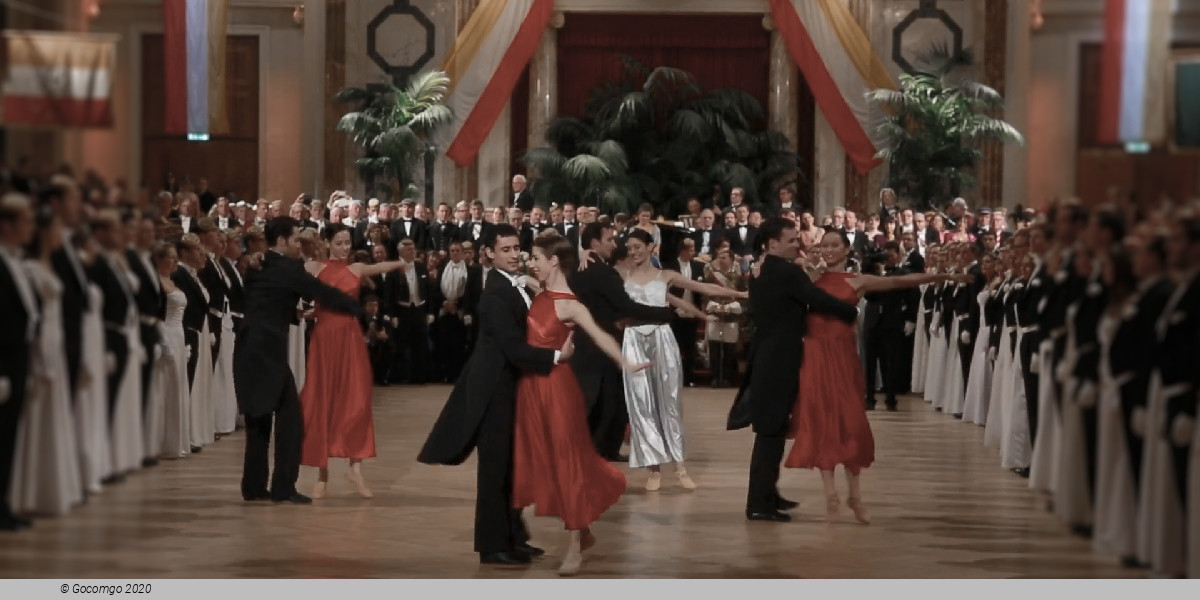
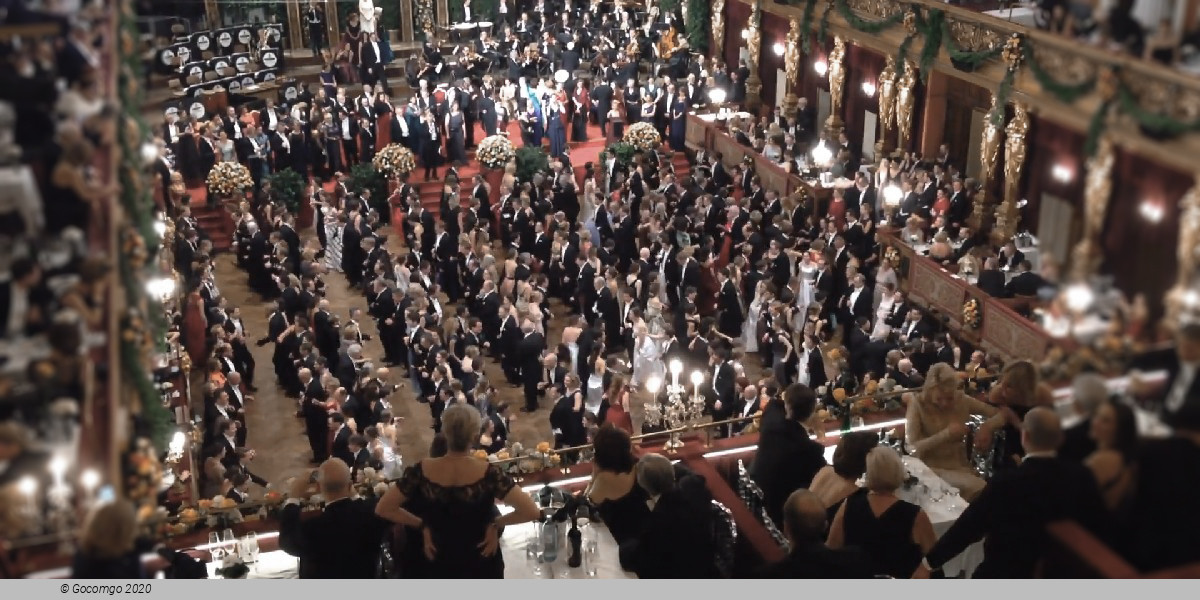
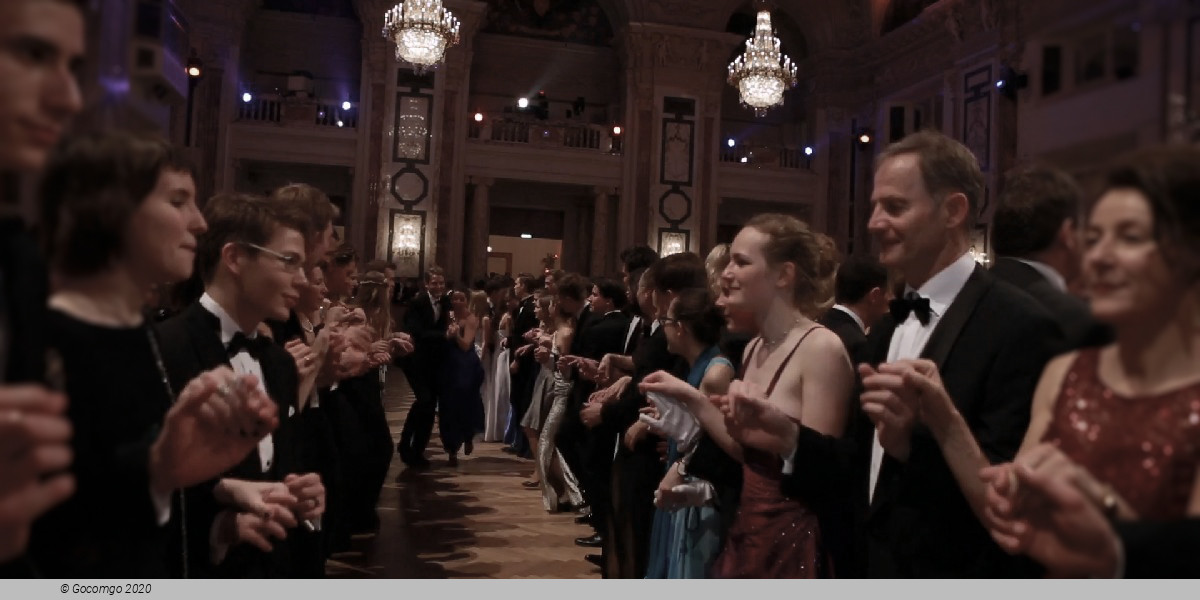
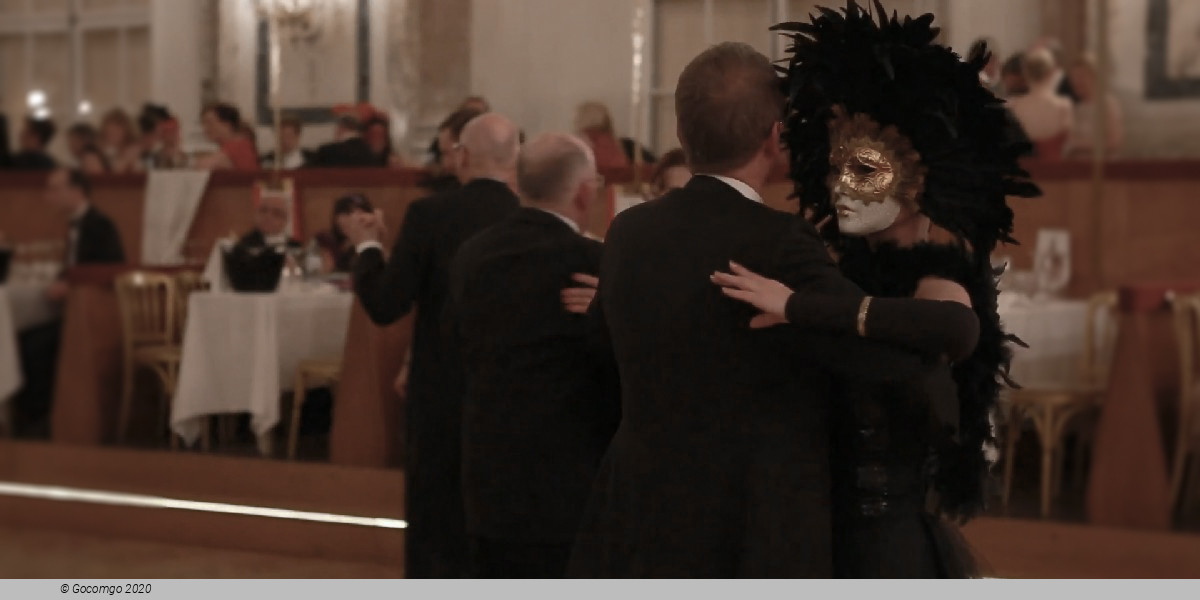
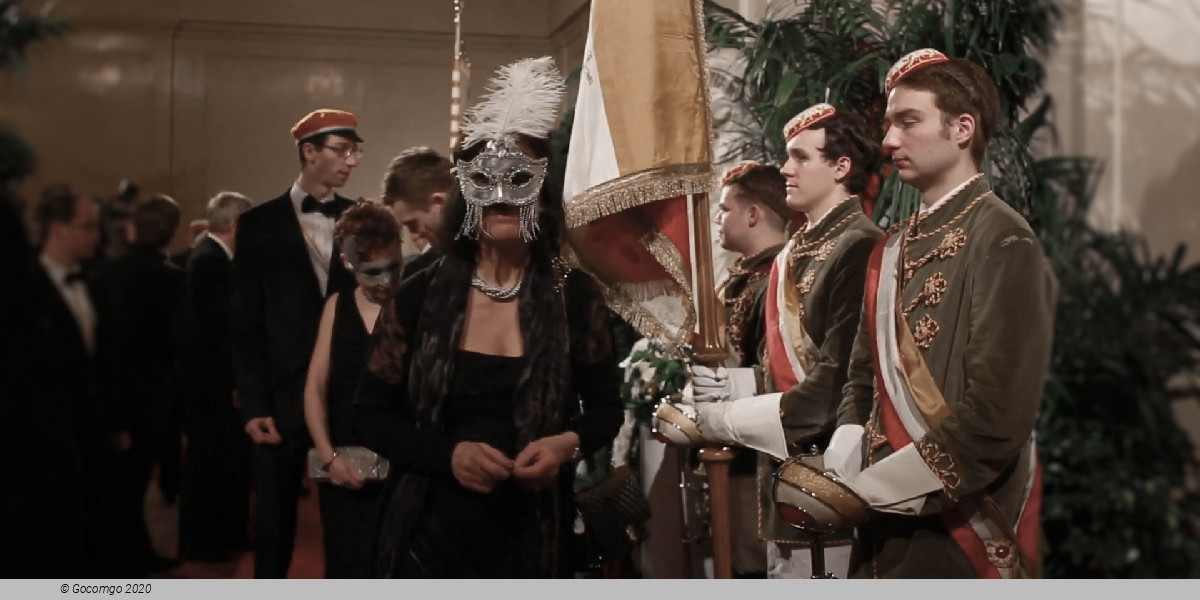
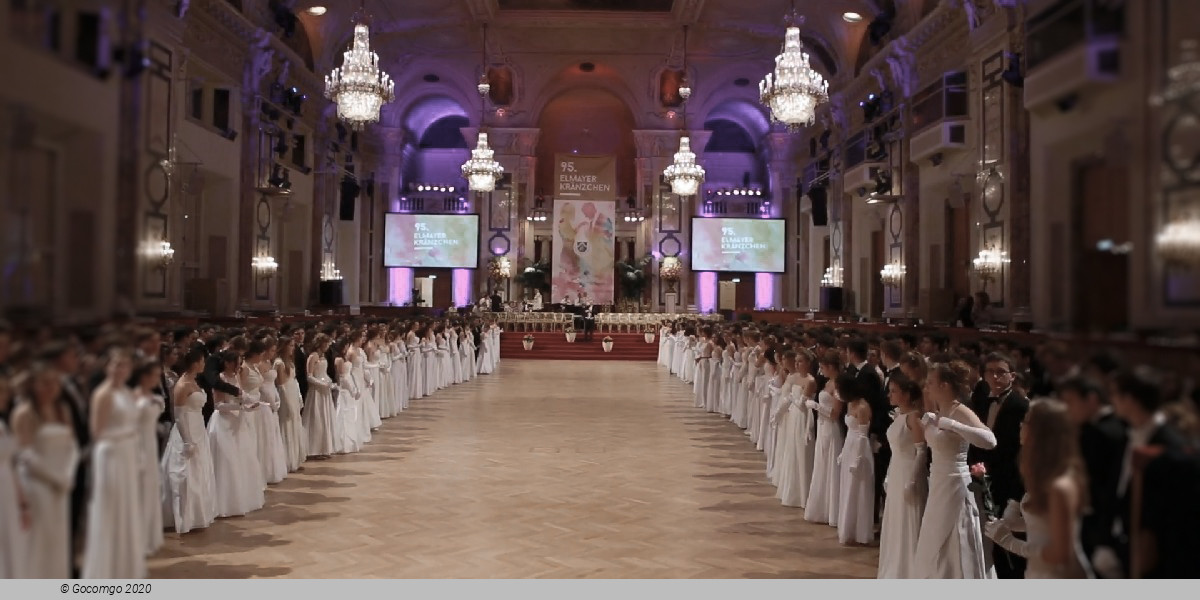
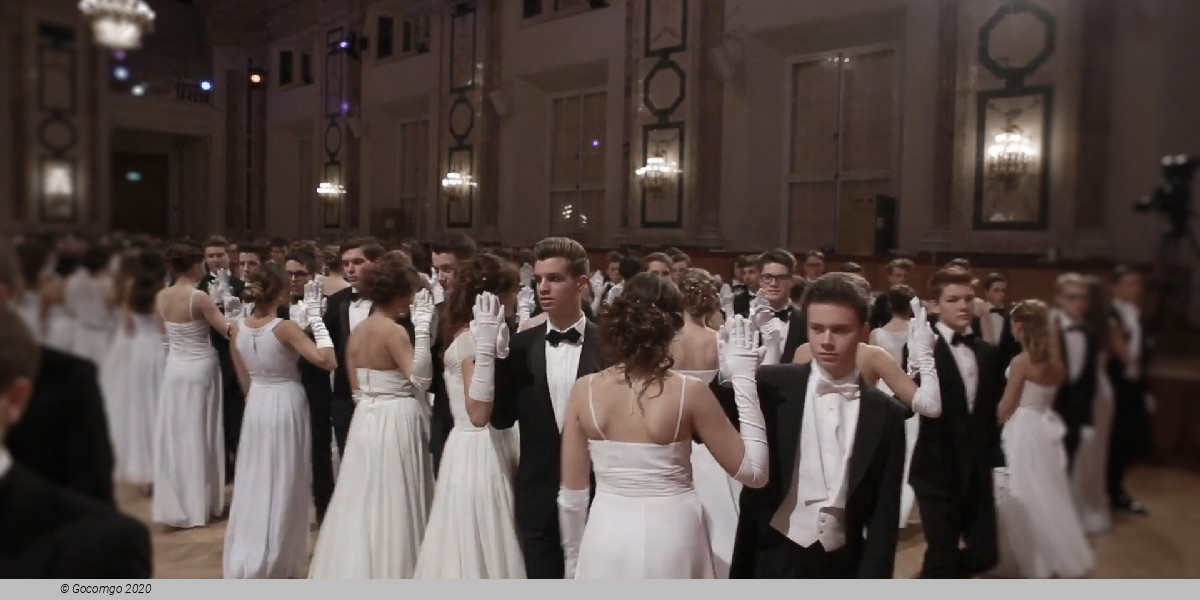
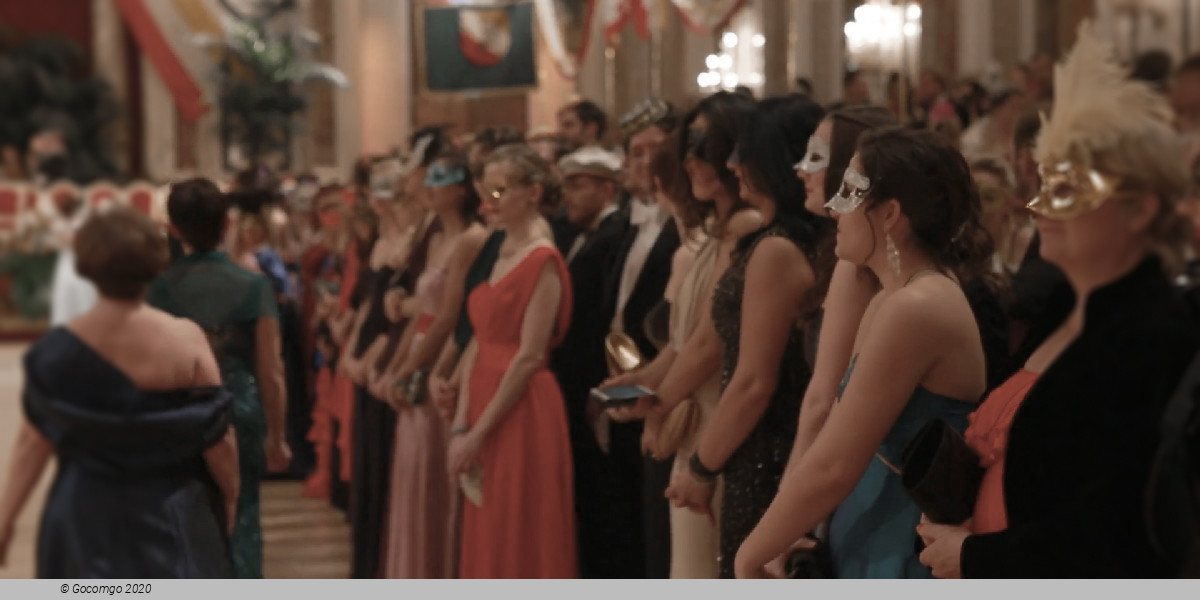

 Musikvereinsplatz 1
Musikvereinsplatz 1